Even if you’re not religious, for the sake of cultural literacy, it’s still important to possess a knowledge of the world religions. Moreover, those who are non-religious can still admire the beauty of certain religious art and customs.
Such admiration might be appropriate when considering the positioning of the feasts of Christmas and the Birth of St. John the Baptist in the Christian liturgical year.
As was argued by Dr. William Tighe in an earlier post, Christians came to settle on December 25 as the date of Christmas in relation to the feast of Christ’s conception on March 25. The feast of the birth of John the Baptist was then put six months beforehand (on June 24), since according to the biblical account, John was six months older than Jesus.
But Christians also saw the location of the feasts within the solar calendar as having theological significance.
In the Gospel of John, when Jesus begins his public ministry, John the Baptist says, “I must decrease while he must increase” (John 3: 30), referring to his need to move away from the public spotlight in favor of Jesus.
In a few of his sermons, St. Augustine (354-430) explicitly links this verse to the respective nativities of Jesus and John the Baptist. The Feast of the Birth of John the Baptist takes place near the summer solstice, at which time the period of daylight begins to “decrease.” The Feast of Nativity of Christ (who referred to himself as “the Light of the World”) takes place near the winter solstice, at which time the period of daylight begins to “increase.”
In the words of Augustine from Sermon 194:
“God sent John to earth as His human Precursor so that he was born when the days were becoming shorter while the Lord Himself was born when the days were growing longer, that in this minute detail the subsequent words of this same John might be prefigured : ‘He must increase, but I must decrease.’”
It is often remarked that people in the Ancient and Middle Ages saw their world as highly symbolic. The positioning of the feasts of the births of John the Baptist and Christ is but one instance of this symbolic worldview. In our more secular age, this worldview has been largely lost… but it’s still beautiful to remember.
Image credit: “The Fires of St. John’s Eve,” by Edward Henry Potthast


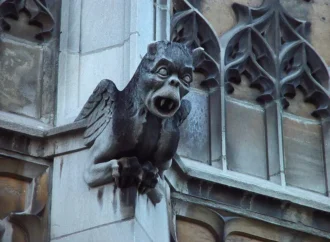
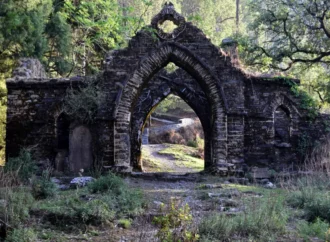





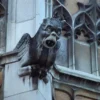
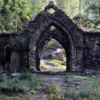
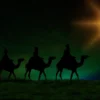




Leave a Comment
Your email address will not be published. Required fields are marked with *